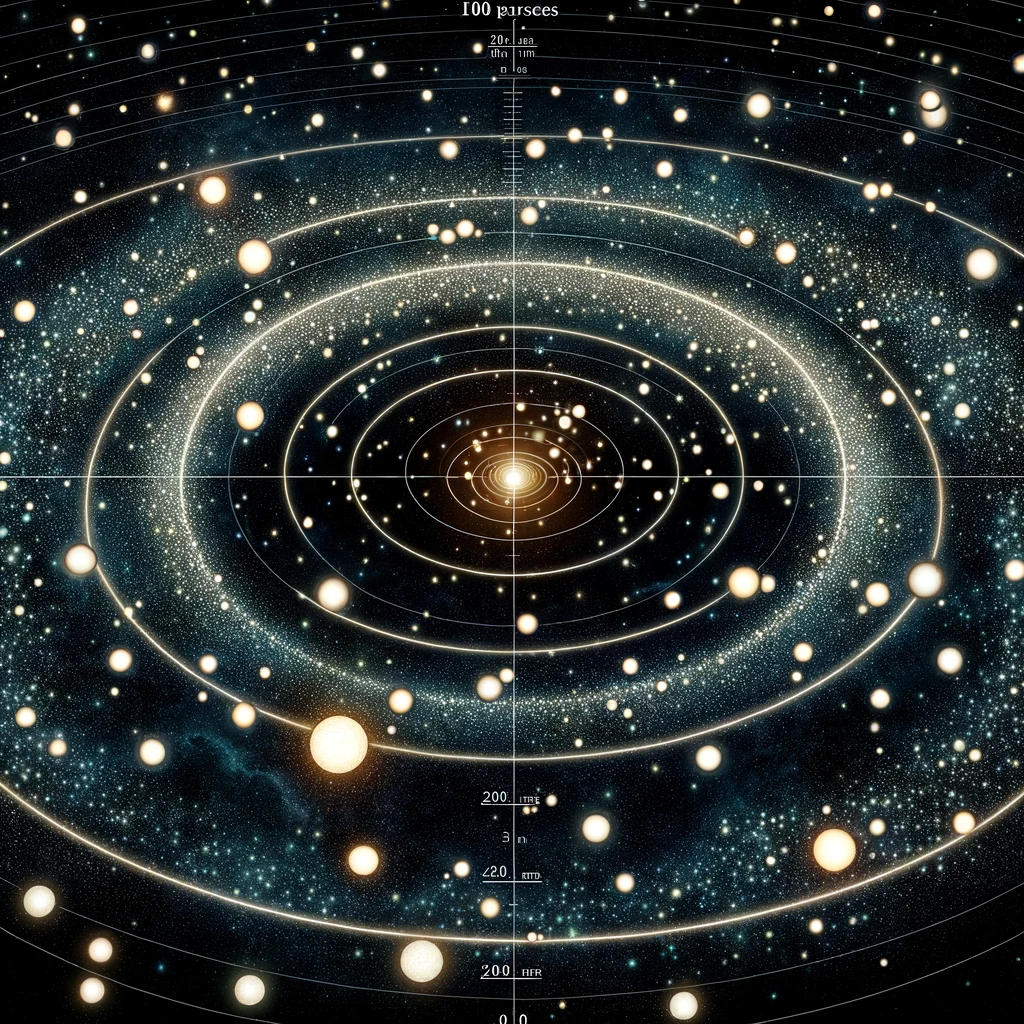White dwarfs with infrared excess within 100 pc: Gaia and the Virtual Observatory - SSW
ABSTRACTS OF ORAL PRESENTATIONS
- Removed a total of (1) style text-align:center;
WHITE DWARFS WITH INFRARED EXCESS WITHIN 100 PC: GAIA AND THE VIRTUAL OBSERVATORY - RAQUEL MURILLO OJEDAWhite dwarfs (WDs) are one of the most common objects in the universe. They are stellar remnants of low and intermediate mass stars, such as the Sun. WDs are compact objects, with typical masses around half a solar mass and planetary sizes. They are the key to understanding the composition and evolution of exoplanetary material around intermediate mass stars in their late stages of evolution. |
PDF PRESENTATION

- Removed a total of (1) style text-align:center;
- Removed a total of (2) style text-align:justify;
- Removed a total of (1) style margin:0;
- Removed a total of (1) align=center.
- Removed a total of (1) border attribute.
- Removed a total of (1) cellpadding attribute.
- Removed a total of (1) cellspacing attribute.








































 Sign in
Sign in
 Science & Technology
Science & Technology